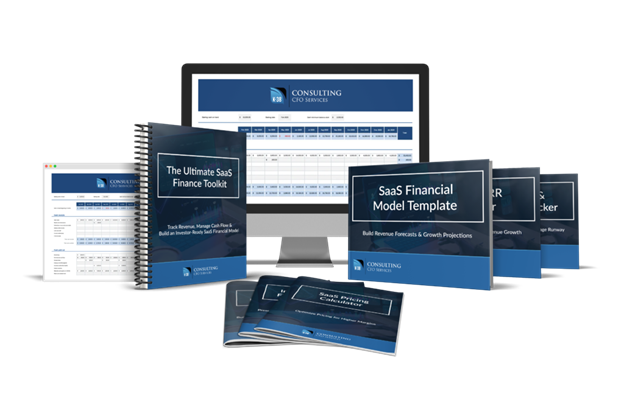In today’s digital era, having a website is essential for any business or individual looking to make their mark online. However, creating a website is only the first step. To truly succeed and reach a wider audience, the next crucial step is ensuring that your website is visible to search engines. This is where SEO (Search Engine Optimization) comes into play. SEO promotion of an English-language website involves various strategies and techniques aimed at improving a website’s visibility and ranking on search engine results pages (SERPs). In this article, we will explore the key aspects of SEO promotion for an English-language website and how to effectively implement these strategies to enhance online presence.
Understanding SEO Promotion
SEO promotion refers to the efforts made to optimize a website to rank higher in search engine results. The primary goal of SEO is to improve the quantity and quality of organic (non-paid) traffic to a website. For an English-language website, SEO promotion is even more crucial as it targets a global audience, making it highly competitive. SEO involves a variety of techniques, including keyword research, on-page optimization, content creation, and building backlinks, all of which are vital to gaining visibility on search engines like Google, Bing, and Yahoo.
The Importance of SEO for an English-Language Website
An English-language website has a massive audience potential. English is the most commonly used language on the internet, making it the primary language for many global markets. However, because of this, competition is fierce. For businesses or individuals targeting English-speaking audiences, SEO is vital in ensuring that the website stands out in a crowded digital space. Without proper SEO, even the most well-designed websites may struggle to attract visitors, ultimately limiting their reach and potential.
SEO is a long-term strategy that, when implemented effectively, can provide continuous traffic growth and higher rankings. When your website ranks higher for relevant search queries, it naturally attracts more visitors, which can lead to increased conversions, sales, or engagement. Furthermore, SEO is a cost-effective strategy, especially when compared to paid advertising. By focusing on organic search results, you can achieve sustainable online success.
Key Components of SEO Promotion of an English-Language Website
To successfully promote an English-language website using SEO, several crucial components must be addressed. These elements work together to help search engines understand the content of your website and determine its relevance to user queries.
1. Keyword Research and Optimization
One of the first steps in the SEO promotion of an English-language website is conducting thorough keyword research. Keywords are the terms and phrases that people enter into search engines when looking for information, products, or services. By identifying relevant keywords for your niche, you can optimize your content to target those searches.
Keyword research should focus on finding a balance between search volume and competition. High-traffic keywords can bring significant attention to your website, but they are often highly competitive. Long-tail keywords, on the other hand, are more specific and typically face less competition, making them easier to rank for. Tools like Google Keyword Planner, Ahrefs, and SEMrush are valuable resources for conducting keyword research.
Once the keywords are identified, they should be strategically placed in key areas of the website, such as:
- Page titles
- Meta descriptions
- Headings (H1, H2, H3)
- URL slugs
- Image alt texts
- Content body
However, it is essential to avoid keyword stuffing. Keywords should be integrated naturally to maintain readability and provide a better user experience.
2. On-Page Optimization
On-page optimization involves making changes directly on the website to improve its search engine ranking. It includes optimizing elements such as title tags, headings, URLs, images, and content. Here are some key aspects of on-page SEO:
a) Title Tags and Meta Descriptions
Title tags are one of the most important on-page ranking factors. They provide a concise description of the page content and appear in search engine results. A well-crafted title tag should include the target keyword and be compelling enough to encourage users to click on the result. Similarly, meta descriptions summarize the page’s content and can also influence click-through rates. While meta descriptions do not directly impact rankings, they are still essential for attracting users to your site.
b) Headings (H1, H2, H3)
Headings structure the content of your page and make it easier for both users and search engines to understand the hierarchy of information. The H1 tag typically represents the main title of the page, while H2 and H3 tags are used for subheadings. It is essential to use relevant keywords in your headings to signal the page’s topic to search engines.
c) Content Optimization
Content is the core of any successful SEO strategy. Creating high-quality, informative, and engaging content is critical for ranking well in search results. Content should be optimized for both search engines and users. Use your target keywords naturally throughout the text while ensuring the content remains valuable and relevant to your audience. Additionally, updating old content with fresh information can help maintain its relevance and boost rankings.
d) Image Optimization
Images play a significant role in enhancing user experience and engagement. However, they can also impact the loading speed of your website, which is an important factor for SEO. Optimize images by compressing them to reduce their file size without sacrificing quality. Additionally, include descriptive alt text for each image to improve accessibility and provide search engines with context about the image content.
3. Technical SEO
Technical SEO involves optimizing the website’s technical aspects to ensure that search engines can crawl and index the site efficiently. Some key technical SEO factors include:
a) Mobile-Friendliness
With the increasing use of mobile devices, search engines like Google prioritize mobile-friendly websites. It is essential to ensure that your English-language website is responsive and provides a seamless user experience across all devices, including smartphones and tablets.
b) Site Speed
Website speed is a critical factor for both user experience and SEO. Slow-loading websites lead to high bounce rates and lower rankings. Tools like Google PageSpeed Insights can help identify areas where improvements can be made to enhance site speed.
c) XML Sitemap
An XML sitemap is a file that provides search engines with information about the structure of your website and helps them crawl and index it more efficiently. Submitting your sitemap to search engines like Google Search Console can ensure that all of your website’s pages are properly indexed.
4. Building Quality Backlinks
Backlinks, also known as inbound links, are links from other websites that point to your site. Search engines view backlinks as votes of confidence, indicating that your content is valuable and trustworthy. The more high-quality backlinks you have, the higher your website is likely to rank in search results.
Focus on acquiring backlinks from authoritative and relevant websites in your industry. Guest blogging, content partnerships, and outreach campaigns are effective strategies for building backlinks. However, it’s essential to avoid link schemes or buying backlinks, as these tactics can lead to penalties from search engines.
5. Local SEO
For businesses targeting English-speaking audiences in specific geographic regions, local SEO is essential. Local SEO involves optimizing your website for location-based searches. This includes creating and optimizing a Google My Business profile, getting listed in local directories, and encouraging reviews from satisfied customers.
Conclusion
The SEO promotion of an English-language website is an ongoing process that requires a combination of keyword research, on-page optimization, technical SEO, quality content creation, and backlink building. By implementing these strategies effectively, you can increase your website’s visibility, attract organic traffic, and ultimately achieve greater online success. Keep in mind that SEO is a long-term investment, and consistent effort over time will yield the best results.















